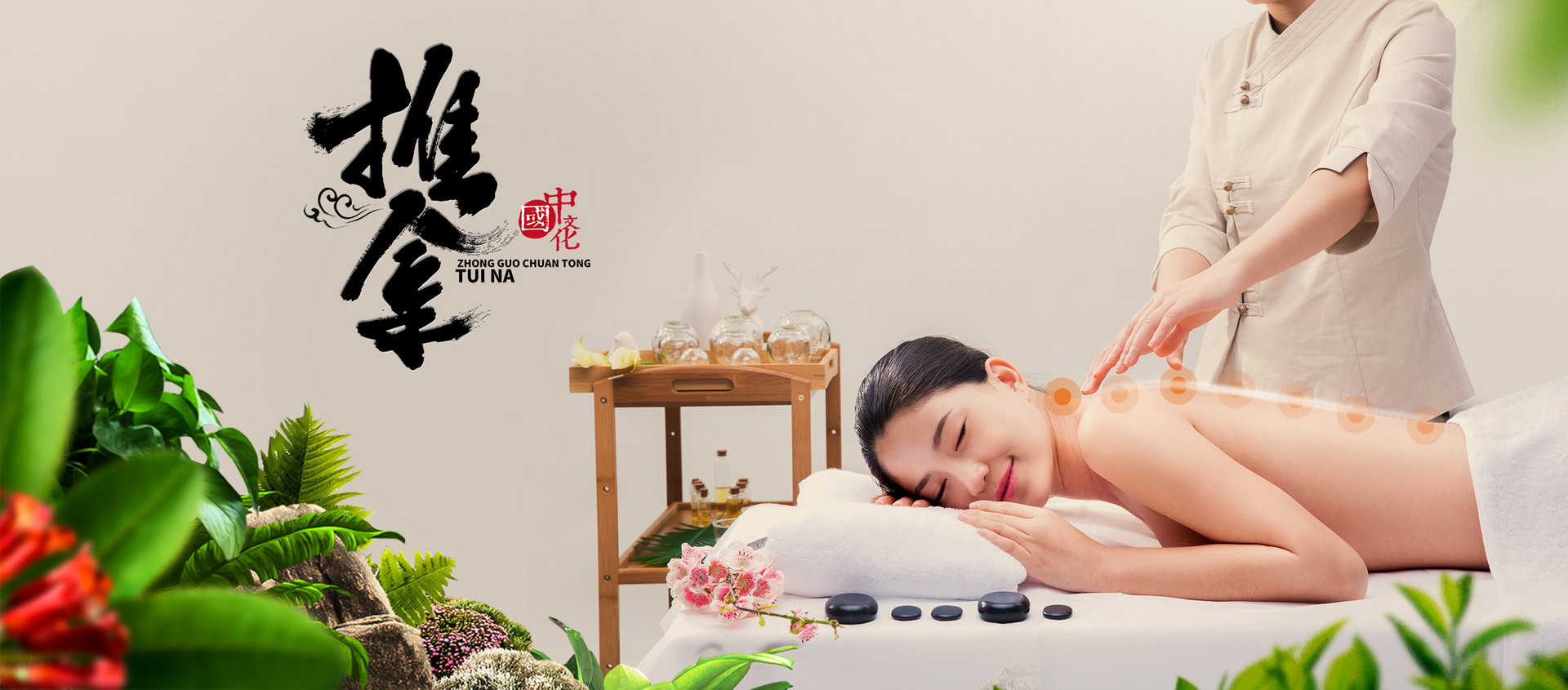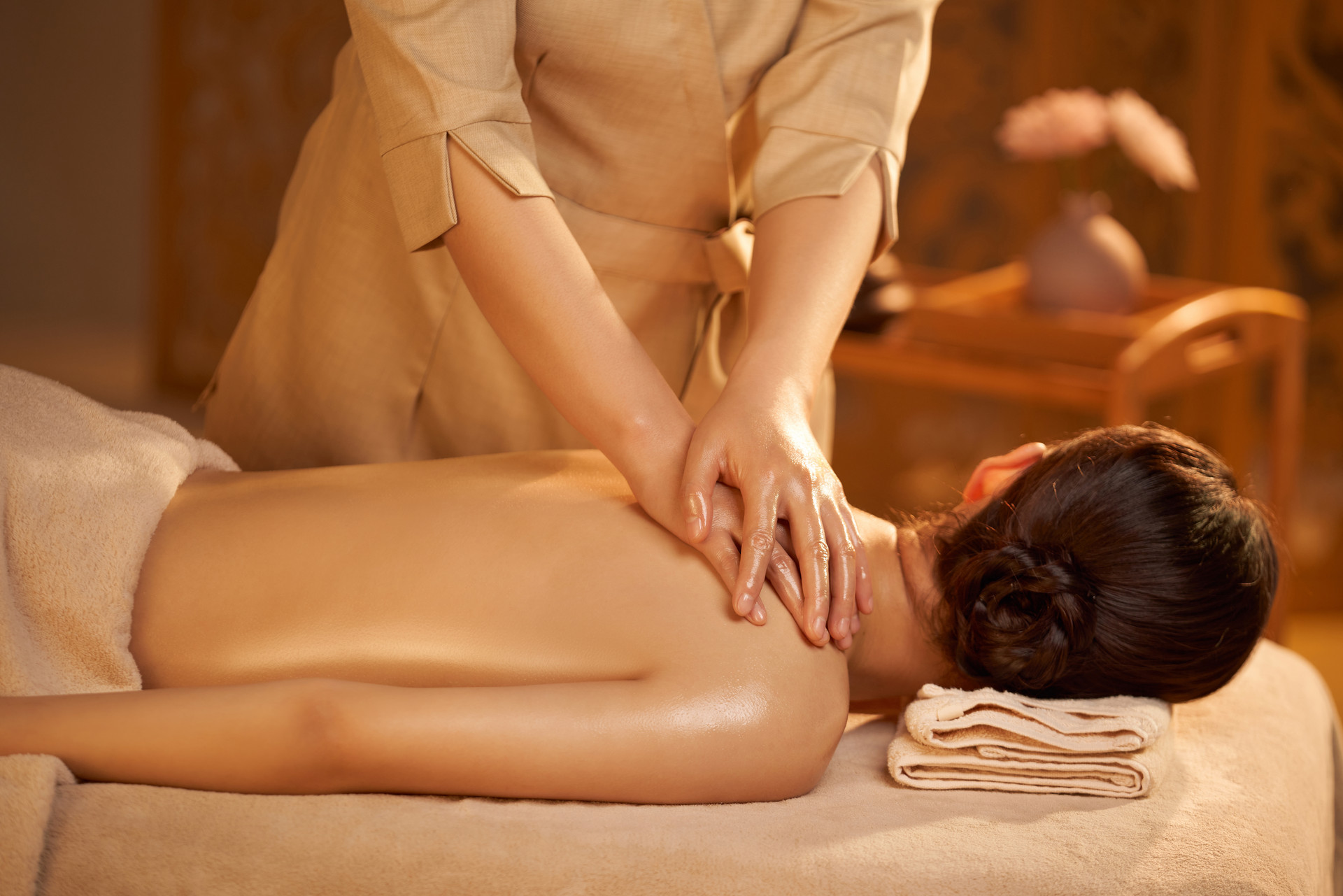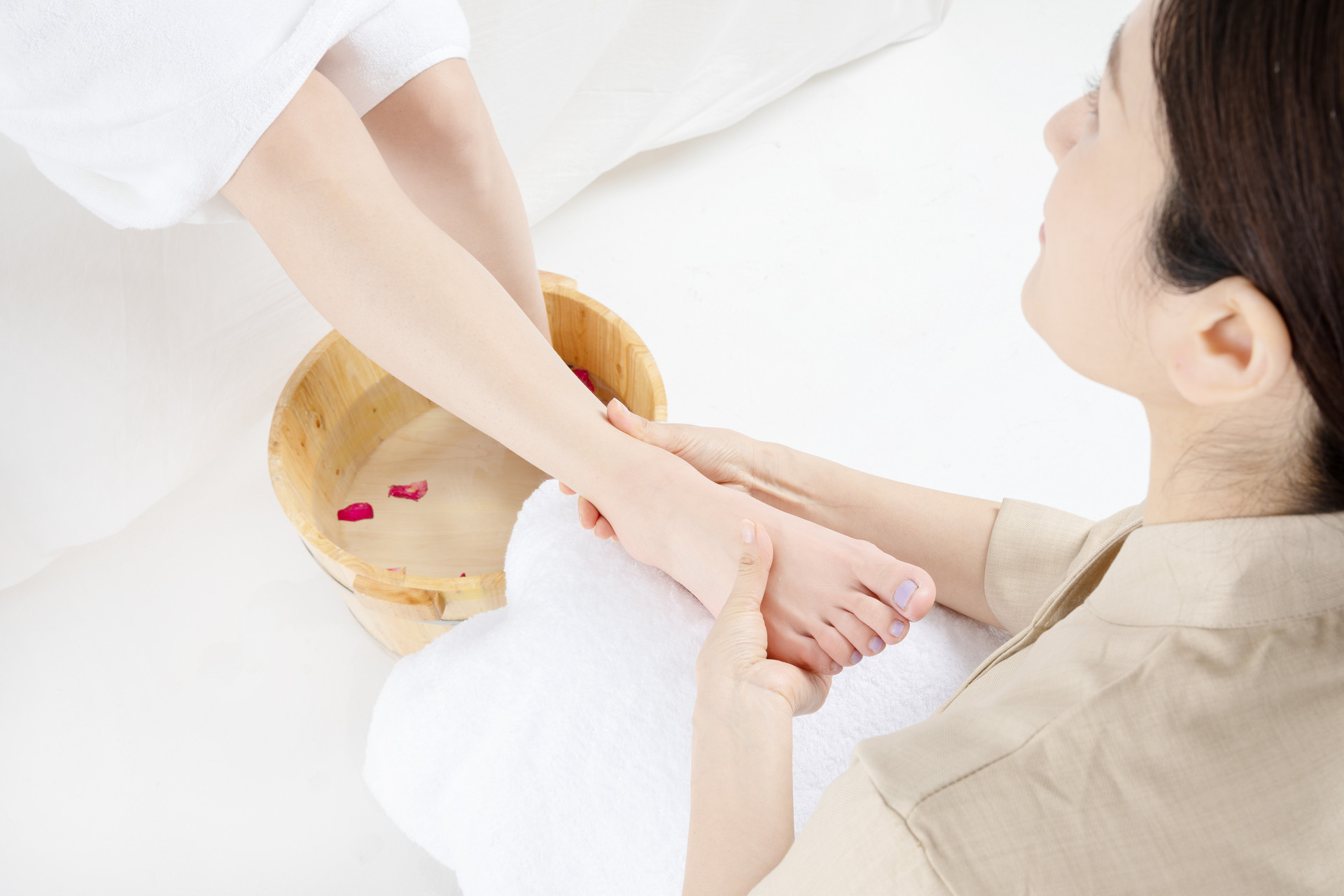In traditional Chinese medicine, there is a wealth of knowledge about massage therapy for health. Today, I will introduce you to some professional massage techniques that will allow you to learn some traditional Chinese medicine health knowledge in your daily life and work. It is recommended to learn professional skills as some incorrect massage techniques can potentially harm the body!
Massage Six Acupoints to Relieve Rhinitis
Rhinitis is a common symptom in our daily lives. It is a disease of the ear, nose, and throat department. Rhinitis occurs when the nose becomes inflamed, especially during the cold winter, which is a high-risk period for allergic rhinitis, posing significant harm to the patient's health. When rhinitis occurs, we need to actively seek treatment. So, how can we treat rhinitis? Let me introduce the massage therapy for relieving rhinitis.
1. Baihui Acupoint
The intersection point between the midline of the top of the head and a line connecting the tips of the two ears.
This acupoint is used to treat diseases such as headaches, heaviness in the head, hemorrhoids, high blood pressure, low blood pressure, hangovers, dizziness, insomnia, and irritability. It is one of the important acupoints along the Governing Vessel meridian in the human body and is the preferred acupoint for treating various diseases, with high medical research value.
2. Yingxiang Acupoint
About one centimeter from the wrinkles beside the nostrils (beside the midpoint of the outer edge of the nostrils, in the nasolabial fold).
This acupoint is used to clear heat, dispel wind, open the nasal passages, and prevent colds. It is suitable for diseases such as colds, rhinitis, nasal congestion, loss of sense of smell, facial paralysis, etc. Pressing the acupoint will produce a sense of swelling. By pressing the acupoint, the sense of smell can be restored.
3. Shangyingxiang (Nasal Passage) Acupoint
Shangyingxiang is the external name of this acupoint, mentioned in the book "Yin Hai Jing Wei". It is also known as nasal passage, piercing nose, and lacks the exact location. In modern times, it is located on the face, at the junction of the nasal septum cartilage and the nasal turbinate, near the upper end of the nasolabial fold. It is innervated by the anterior ethmoidal nerve, infraorbital nerve, and branches of the facial artery and vein.
This acupoint is used to treat allergic rhinitis, hypertrophic rhinitis, atrophic rhinitis, sinusitis, nasal polyps, sore throat, and headaches caused by colds. It is pierced subcutaneously 0.5-1 inch.
4. Yintang Acupoint
The midpoint between the eyebrows.
This acupoint is used to invigorate the brain, calm the mind, improve vision, and clear the senses. It is suitable for diseases such as frontal headaches, dizziness, eye diseases, colds, mental fatigue, insomnia, rhinitis, and high blood pressure. Pressing the acupoint will produce a sense of soreness and swelling.
5. Hegu Acupoint
The Hegu acupoint is located where the horizontal crease of one hand's thumb joint aligns with the edge of the other hand's tiger's mouth when the thumb is flexed and pressed down. The fingertip points to the Hegu acupoint.
Massaging the Hegu acupoint can alleviate or eliminate diseases of the tissues and organs along the path of the large intestine meridian associated with the Hegu acupoint. Since the large intestine meridian runs from the hand to the head, it has therapeutic effects on diseases of the face, such as toothaches, headaches, fever, dry mouth, nosebleeds, neck pain, sore throat, and other diseases of the senses. However, it should be noted that patients with poor physical constitution should not be given strong stimulation, and pregnant women generally should not massage the Hegu acupoint.











